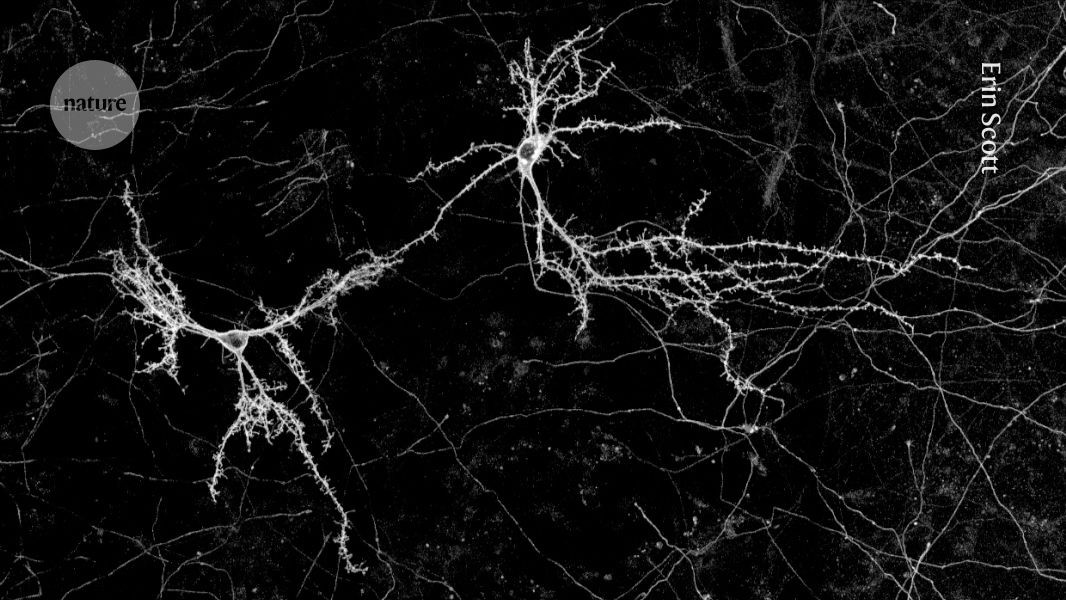
"In the nervous system, synapses are where the action is. There, across a narrow gap between adjacent cells, neurons talk to one another through the dynamic exchange of chemical and electrical signals. Molecules known as neurotransmitters and neuromodulators induce or inhibit action potentials - spikes in voltage across neuronal cell membranes that trigger the release of other molecules. This cross-talk ultimately enables the production of emotions, thoughts, behaviours - everything that makes the brain what it is."
"But these methods have limitations. For instance, electrophysiology can precisely measure action potentials, but scientists can't pinpoint the exact neurotransmitters or neuromodulators (collectively called neurochemicals) that drive them. Microdialysis can identify specific molecules, but it lacks the spatial and temporal resolution to pinpoint exactly when and where these neurochemicals are released, and voltammetry often struggles to distinguish molecules that are similar to each other."
Synapses are narrow gaps where neurons communicate via chemical and electrical signals; neurotransmitters and neuromodulators induce or inhibit action potentials that trigger release of other molecules. Traditional tools include electrophysiology, microdialysis, and fast-scan cyclic voltammetry. Electrophysiology precisely measures action potentials but cannot identify the exact neurochemicals driving them. Microdialysis identifies specific molecules but lacks spatial and temporal resolution. Voltammetry detects certain signals but struggles to distinguish similar molecules. Genetically encoded sensors developed over two decades initially tracked calcium to report action potentials. Recent sensor designs extend detection to specific neurochemicals, improving the ability to measure when, where, and how much signalling molecules are released.
Read at Nature
Unable to calculate read time
Collection
[
|
...
]